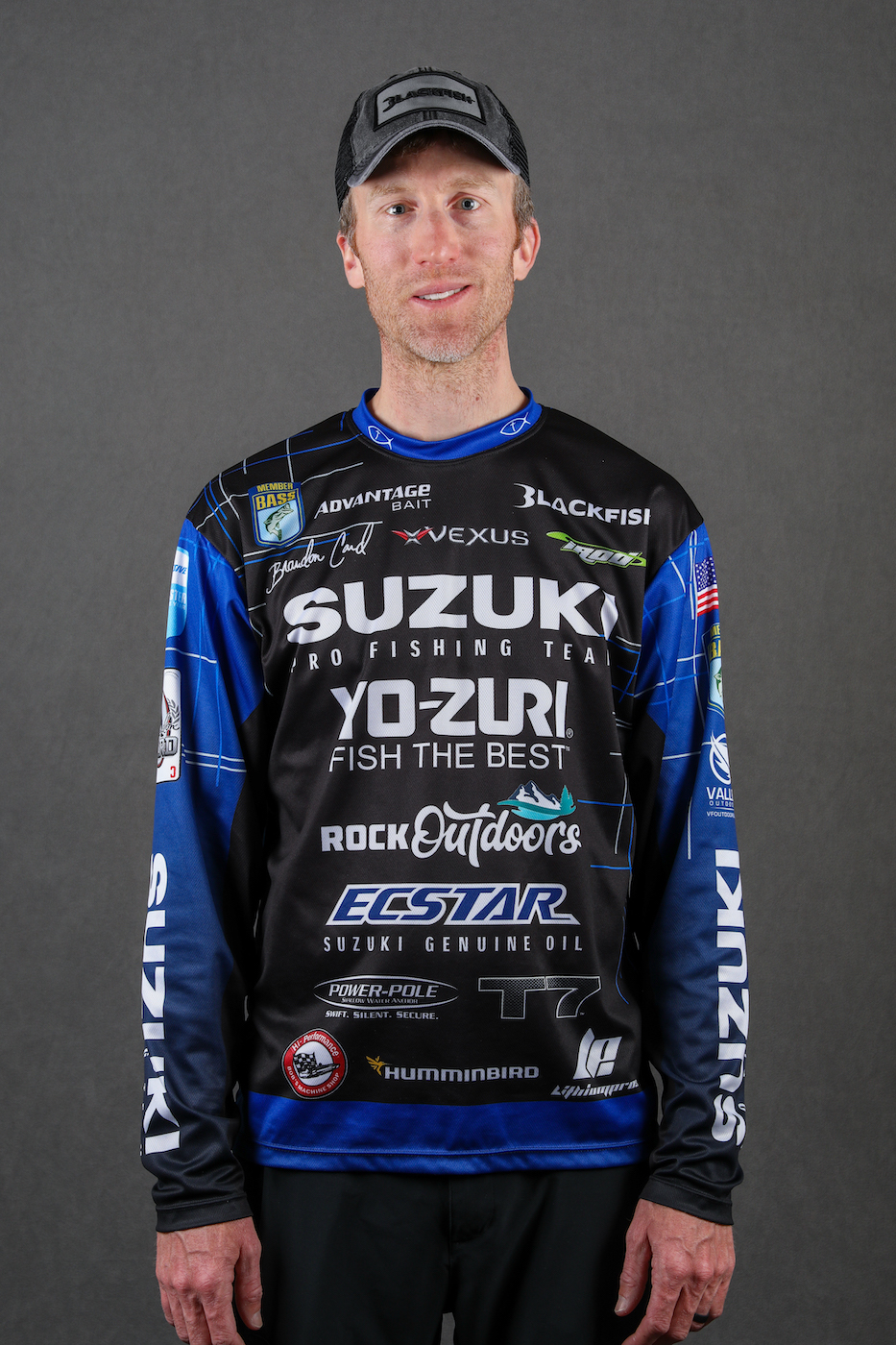I love fishing shallow, and I love fishing in clear water. Put the two together, and that equals sight fishing. Any time I am on a clear lake and the water temperature is above 60, I am looking for big bass in the shallows. Sight fishing is not just a technique for the few weeks around the spawn; it is a deadly technique that can be used for eight months out of the year.
I live on Norris Lake, and I would consider it one of the best sight fishing lakes in Tennessee. I taught myself how to catch visible bass at a pretty young age just by keeping my eyes peeled and staying shallow.
I have developed many different strategies for sight fishing; they include bed fishing, pre- and postspawn cruising bite, marina sight fish and bream bed sight bite but one of my favorites is the fall sight bite.
Sight fishing in autumn is a pattern that can used on most clear lakes throughout the country. It usually happens when the water temp drops to 70 and lasts until it gets below 60. In Tennessee, that is usually from mid- to late September through the end of October.
We all know that bass go shallow in the fall, and on off-colored lakes that means a pretty easy pattern of fishing lipless and squarebill crankbaits in the backs of creeks. On clear lakes, however, it can be much trickier. You just have to know where to “look.”
Bass all have the similar instincts and – for the most part – do the same thing on all lakes. Bass move shallow in autumn to feed on shad and other baitfish roaming the shallows. And they will always seek a way to ambush their prey. In off-colored lakes, the muddy water provides an ambush; but in clear lakes, bass will find other ways to camouflage themselves.
These ambush spots will likely be trees, bushes or docks. Since the water level drops in autumn on most of the clear reservoirs that I fish, trees and bushes are typically high and dry on the bank leaving one primary source of cover – docks.
My sight fishing pattern in the fall basically consists of hitting as many docks as I can in a day. The key to this entire pattern is the dock’s walkway. In fall, bass will try to get as shallow as they can; the walkway is the shallowest part of the dock and also provides the shade for the perfect ambush spot.
I approach a dock very quietly – staying back as far as I can and looking up under the walkway. It is very important to look before you cast, so you can see how the bass is positioned. Usually, you can see which way the bass is facing. I want the fish to be looking the opposite way from me because I do not want it to see my bait skipping toward it. The bass are usually only sitting in 1 to 2 feet of water; so if a bait is coming right at their face, it will spook them. If I see that the bass is facing toward me, I will troll around the dock and make the cast from the opposite side.
A skip cast is a necessity because you have to get under cables and pilings. A watermelon trick worm is my favorite bait for this technique, and I fish it one of two ways: 1/8-ounce shaky head or wacky style weightless. I fish this on a spinning outfit with 8-pound fluorocarbon.
I had a great day on Norris yesterday; there were plenty of big ones dirt shallow. I caught some pretty good fish, but probably saw twice as many as I caught. That is the thing about sight fishing: They are hard to catch.
They are finicky and smart but the trick is to outsmart them. Easier said than done! Just keep reminding yourself that their brain is the size of a pea.
So get out there this fall and keep your eyes peeled. I think you will be pleasantly surprised at what you will see.
Remember to chase your dreams!





